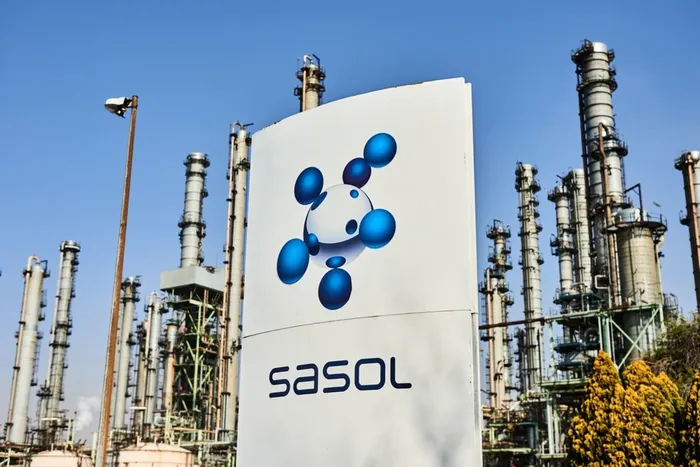
The Portfolio Committee on Electricity and Energy has emphasised the urgent need for coordinated action to address South Africa’s looming “gas cliff" with Saol sharing its plans to use methane-rich gas as a temporary solution until LNG becomes available.
Image: Supplied
The Portfolio Committee on Electricity and Energy has emphasised the urgent need for coordinated action to address South Africa’s looming “gas cliff” and secure the country’s energy future.
This comes after the committee was briefed by key industry players and government entities on the expected sharp decline in natural gas supplies from Mozambique’s Pande and Temane fields by 2028, which currently provide a significant portion of South Africa’s gas needs.
It was previously reported that this gas supply supports more than 13,000 direct jobs and reportedly contributes about 5% to the national GDP and that its continued decline threatens around 70,000 jobs.
The committee emphasised the need for “urgent and coordinated action to mitigate the challenge of the impending ‘gas cliff’ that faces South Africa.”
It also noted that “time is of the essence” with less than six years to implement necessary measures before the gas cliff materialises.
"The looming supply shortage poses serious risks to the country’s energy security, industrial output, and broader economic competitiveness," Committee Chairperson Nonkosi Mvana said.
Electricity and Energy Minister Kgosientsho Ramokgopa has also previously warned that the country was heading toward a “gas cliff,” and failure to act could trigger serious economic consequences.
“The gas cliff is not a distant event. It is imminent. But it is not inevitable. We have the analytical tools, institutional memory and public-private platforms to act," Ramokgopa said
The Central Energy Fund (CEF) also outlined its plans to secure long-term buyers for liquefied natural gas (LNG) imports. They explained how they aim to fund these expensive projects without increasing the national debt.
SASOL shared its plans to use methane-rich gas as a temporary solution until LNG becomes available.
Meanwhile, the Industrial Gas Users Association stressed the urgency of the situation, saying there is only a six to nine-month window to take necessary actions to avoid the “gas cliff.
The organisation "proposed the creation of a gas aggregator model and public-private partnership structures to facilitate infrastructure development and unlock private sector investment".
